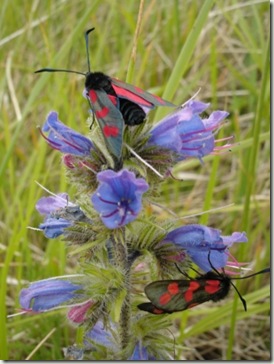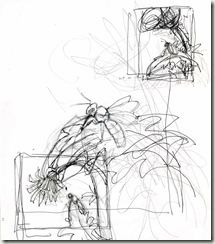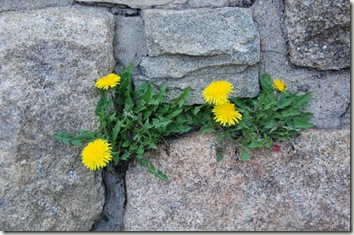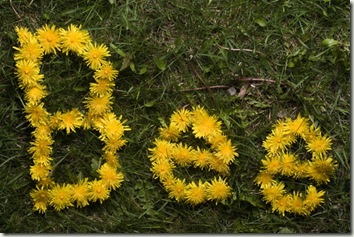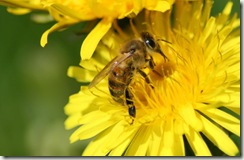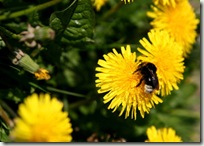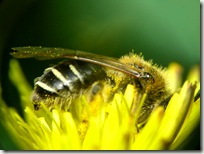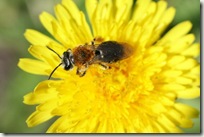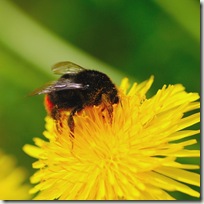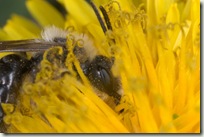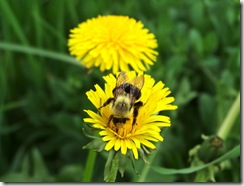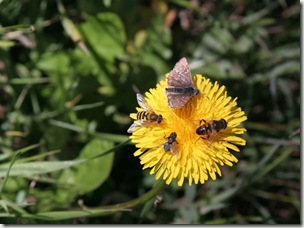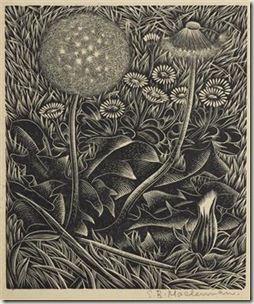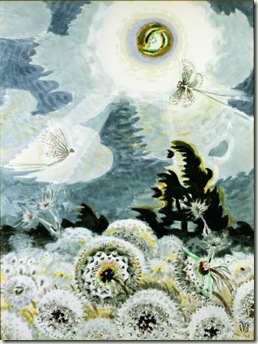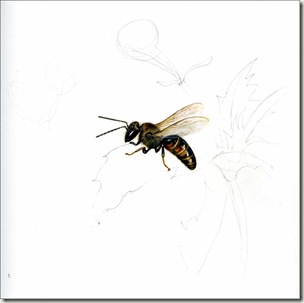This lovely Lasioglossum bee is in the tribe Halictiniae which is a huge family of bees.
These are the old bees, the ancient bees whose descendants were flying around 220 million years ago. I have painted a couple of them, including my first live model, the accommodating Agapostemon splendens which I wrote about here “The Stripy Halicitd Sweat Bee.”
Looking at the UK Lasioglossum bees you can see the family resemblance, but it seems that in the UK we don’t have quite such colourful varieties.
In looking for information about these bees I came across Jeremy Earley’s really excellent site Nature Conservation Imaging.
The site is particularly fascinating because he breaks it down into different UK habitats and what you might find there.
I spent hours reading through the excellent notes, which are illustrated with his wonderful photographs. It is a really informative site on solitary bees so I contacted him for a little help re the species and their favourite flowers.
He kindly sent me back a list of foraging plants taken from David Baldock’s “Bees of Surrey” which was published two years ago. ‘most often found at ragwort. Other flowers used include thistles, buttercups, common fleabane, lesser burdock, sheep’s-bit, red campion, chickweed and rough hawkbit.’
I think in trying to identify bees it really helps to know where you might find them! I had earmarked Rough Hawkbit for this bee some time ago but felt the humble Dandelion really needed a place in the exhibition especially as it is a star amongst bee flowers.
It is in the same huge Asteraceae family of composites, Hawkweeds, Cat’s Ears, and the Sow Thistles etc, which incidentally seems to be the only thing thriving here at the moment.
Rivers of Flowers in every County. B LINES from Buglife… I had a blissful morning with the radio and some pencils. Tweet deck was off. Photoshop, Illustrator and their accomplices were dormant. I was listening to the news and heard Buglife.org, one of the charities who will be supporting the exhibition, calling for the UK to be crossed with flower filled corridors for bees. What a lovely idea and beautiful image.
“B-lines would be rivers of flowers in every county, one going east west and the other north south. They would be carefully planned to avoid woods, lakes and other unsuitable habitats, but would connect people to wildlife sites to enable better appreciation of British wildlife.”
This photo accompanies the article, the beautiful Six-spot burnet moths (Zygaena filipendulae)© Andrew Whitehouse, on Vipers Bugloss I think.
They want the government to step in but I was thinking, if everyone sowed just one packet of wildflower seeds it would make a real difference and I am all for guerilla planting.. think of all those arterial roads, their verges and roundabouts.
It’s an interesting article.
Do read more, Call For More Wildflowers.
I will be donating a small watercolour to them for their annual charity auction next month which I will (hope to) be painting in the next few days and will put on the blog.
The Painting.
I think a lot about how to make an image, where I place things and what I want to say. I am struck by the delicacy of these little bees and was wondering how the world looks from their perspective.
A low leaf to us is high to them. So I deliberately kept the space below him clear and uncluttered just to give a sense of the airiness and lightness. It is, after all, irrelevant how far the drop is to the ground if you can fly! These little things make me feel like some lumpen, clumsy Gulliver. Jainism is looking more attractive by the day!
I suppose the rot set in when Ant came to stay. Dear Ant! I do miss him. Paper Wasps are just not the same, far too serious. No cavorting around the drawing board for them, just baleful glaring.
Grubby sketches but useful to me, they just help me sort out ideas quickly. Then the final picture. Yes, I did include the dandelion flower, but not quite all :).
____________________________________________________
Lasioglossum calcaetum with Dandelion
Watercolour and Graphite on Arches HP approx 8”x8” ****
And a big thank you to all, for your kind comments and emails, re my battles with the hard grey stuff.
Lord knows, I have troubles enough with the soft grey stuff.
Some degree of calm returned today and it does help to know I am not the only one, but serene gliding is still some way off..

